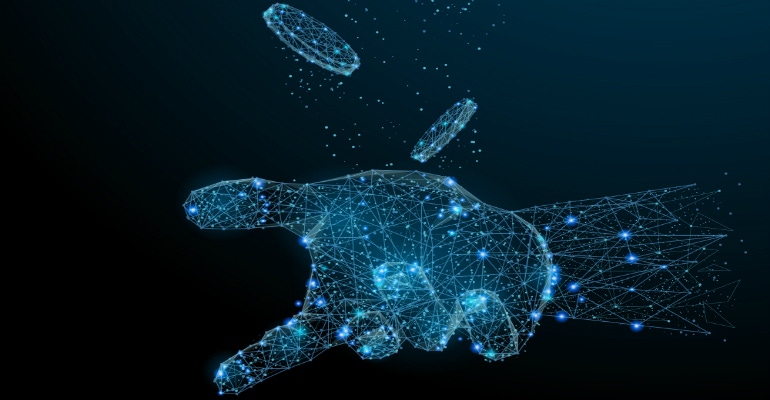IT distributors are beginning to tweak the two-tier model – supplier to distributor, to partner to end user – to add more value throughout the channel.

IT distributors are beginning to tweak the two-tier model – supplier to distributor, to partner to end user – to add more value throughout the channel.
The result: new opportunities for partners via innovative business models and services. But how do you successfully tweak the two-tier model?
In his presentation titled “How the Two-Tier Model Must Evolve for the New Digital Economy,” at the Channel Partners Conference & Expo, April 17-20, in Las Vegas, Sergio Farache, senior vice president of global cloud solutions at Tech Data, will share insights on the future of two-tier selling and ways to optimize end-to-end digital connections among all members of the IT ecosystem.
In a Q&A with Channel Partners/Channel Futures, Farache gives a sneak peak of what he plans to share with attendees.
Channel Partners/Channel Futures: Is the traditional two-tier model for selling not as effective anymore? What are some of the issues?
Sergio Farache: The two-tier model is and will be a valid model because it provides scale, value and extensive expertise toward the vendor solutions. The two-tier model was originally designed with a linear value-creation process that limited the number of players that could provide or add value in the chain. In some cases, linear value creation is enough, but in others, solutions-aggregation value creation plays a significant role and requires additions to and expansion of the current model.
CP/CF: What are some of the changes that can make the two-tier model more effective?
SF: The primary opportunity in the evolution of the two-tier model is that it expands the value chain. The current model is a linear value chain, and digital transformation offers an excellent technology opportunity to expand the business model to a circular, multi-point, multi-tier value creation. The distribution industry today is well positioned for this transition, and this change will enable expansion to encompass a role as solution aggregator where multiple participants contribute to a solution. In this case, the value creation is expanded and, as a consequence, a network effect is created.
CP/CF: What are some of the benefits of an evolved two-tier model?
SF: The new expanded model and the solutions-aggregation approach using a digital platform as the basis of the model can provide the following benefits:
enable end-to-end digital transactions between all members of the ecosystem
eliminate friction and pain points across the interactions
create and facilitate entanglement and instant satisfaction
enable and capitalize on the use of data to improve the ecosystem, anticipate the needs and maximize the value creation
easily bundle products and services to deliver a better solution and customer experience
enable content curation and filtering as benefits of the real value provided and ecosystem member participation, and
satisfy the needs that consumers and producers have in order to use, cooperate with and integrate into the value-creation process.
CP/CF: What do you hope attendees walk away with and make use of from your session?
SF: Ideally, participants will gain a better understanding of the evolution in progress and how to take advantage of the opportunities that the enhanced model offers, and embrace and adopt the change.
About the Author(s)
You May Also Like


